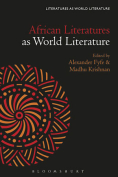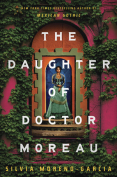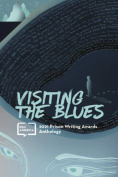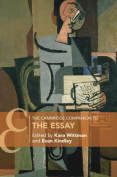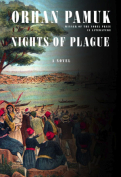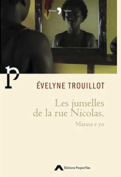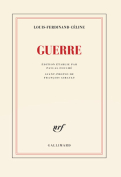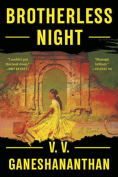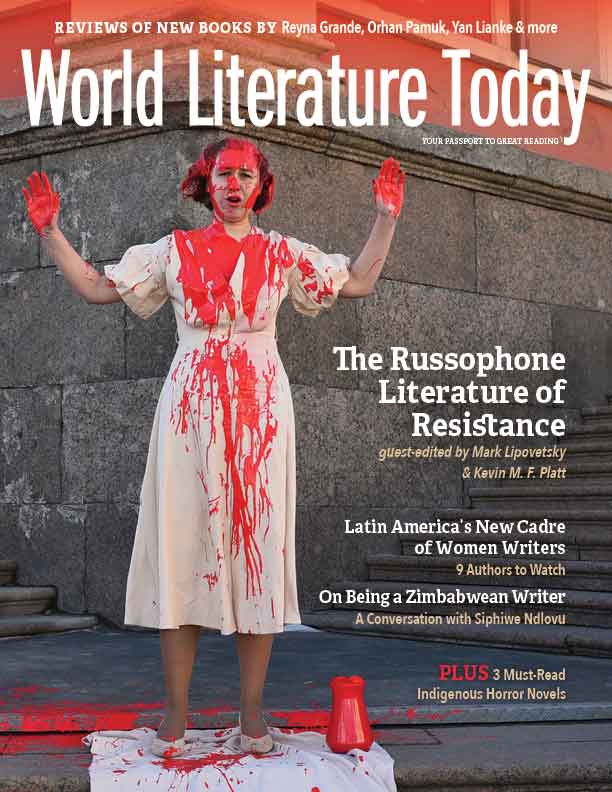Les jumelles de la rue Nicolas by Évelyne Trouillot
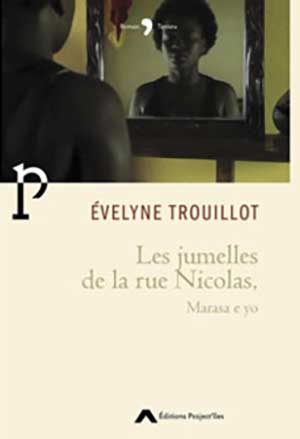 Le Palais-sur-Vienne, France. Éditions Project’îles. 2022. 275 pages.
Le Palais-sur-Vienne, France. Éditions Project’îles. 2022. 275 pages.
TWINS FEATURE PROMINENTLY in Haitian culture and literary history, reflecting spiritually and figuratively the socioeconomic and political complexities of Haiti. As marasa, they occupy the privileged position of divinities in the Vodou pantheon, representing unpredictability in subjecthood and history’s irrationality and are figured with a third “other” of (pro)creative potential and change. In literature, they first appear in Haiti’s foundational national novel, Stella (1859), written by Émeric Bergeaud, as the mulatto Remus and the black Romulus born of an African slave, and their story recounts allegorically Haiti’s revolutionary fight for freedom and independence. Twinhood doubles as mimetic (pre)figurations in Edwidge Danticat’s The Farming of Bones (1998), when the crib-death of Rafael, the fraternal light-skinned Dominican twin, sets in motion Trujillo’s 1937 genocide of Haitians. Such historically situated twinned characters are no strangers to Évelyne Trouillot’s imaginary of combative female characters facing the intersecting socioeconomic, educational, and gender inequities that constitute their quotidian habitus, as enslaved or citizen in Haiti, in exile in France or the United States.
Set in Port-au-Prince during the last decade of the twentieth century, in the aftermath of the US embargo and Hurricane Georges, Les jumelles de la rue Nicolas intertextually references the marasa of Lilas Desquiron’s Les chemins de Loco-Miroir (1990) and revisits Trouillot’s short story “Which One?” in Danticat’s 2011 Haiti Noir collection, switching points of view so that it is the eponymous twins who take turns narrating homodiegetically their life story rather than following the mothers of two half-sisters determined to ensure that their infant is the one chosen for adoption by their father’s great-aunt in Brooklyn. Structurally recalling Trouillot’s plurivocal narratives, the alternating use of roman type and italicized passages separated by a recurring vévé drawing denoting the marasa threesome patterns the two interior voices of this linguistically, visually, and corporeally layered two-tongued telling.
It is Claudette, the high achiever and linguistically gifted illegitimate orphan, who initiates the nonlinear dialogue with her half-sister Lorette, seeking to reach a symbiotic wholeness, inaccessible without her “other.” Their uncanny likeness (which identifies them as their father’s daughters), the similar-sounding names he gave them, and their artful way of substituting for each other mark them as the twins of Nicolas Street, a name that brings to mind the patron saint of children, and the father of marasa, a figure who is sorely missing in the girls’ lives. As they trace in their differences and preferences, they also (re)constitute the injustices of their Cinderella-storylike childhood and their mother/stepmother’s Machiavellian determination to realize, after her philandering husband’s untimely death in Miami, her (American) dream of socioeconomic security on her daughter’s back (or Claudette’s if need be).
For Évelyne Trouillot, literature’s trope is breaking historical silences and taboos and disrupting the dominant narrative’s stereotypical images with women characters who set out the entangled determinants of (trans)generational life stories of Haiti. Just as a pharmakon antidote to the abuse and domestic violence exercised on the jumelles’ bodies is the ethics of care of traditional Vodou rituals in each of their mothers’ rural safe havens, which corporealize the twins’ “douloureux partage et incontournable altérité,” so too do the (homophonic) titular binoculars zoom in to counternarrate the monocular American national fiction; that fiction depicts Haitians as dying to be locked into an unremitting globalized consumerism, with Claudette and Lorette fighting back to break free from the sociopolitical shackles conditioning their identity as half-sisters. In the fight, they story a marasa legacy, a dosa, a potent emancipatory novel.
Sarah Davies Cordova
University of Wisconsin–Milwaukee

